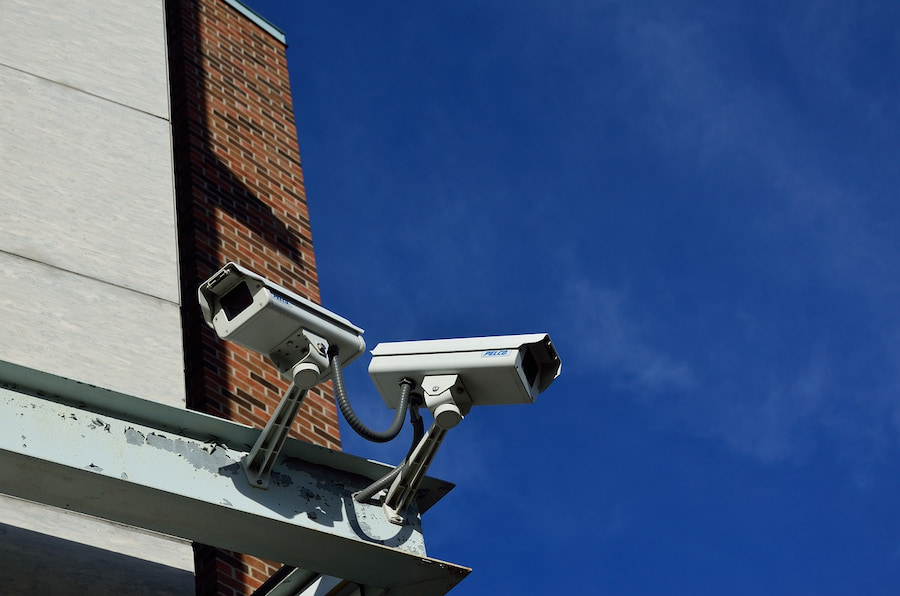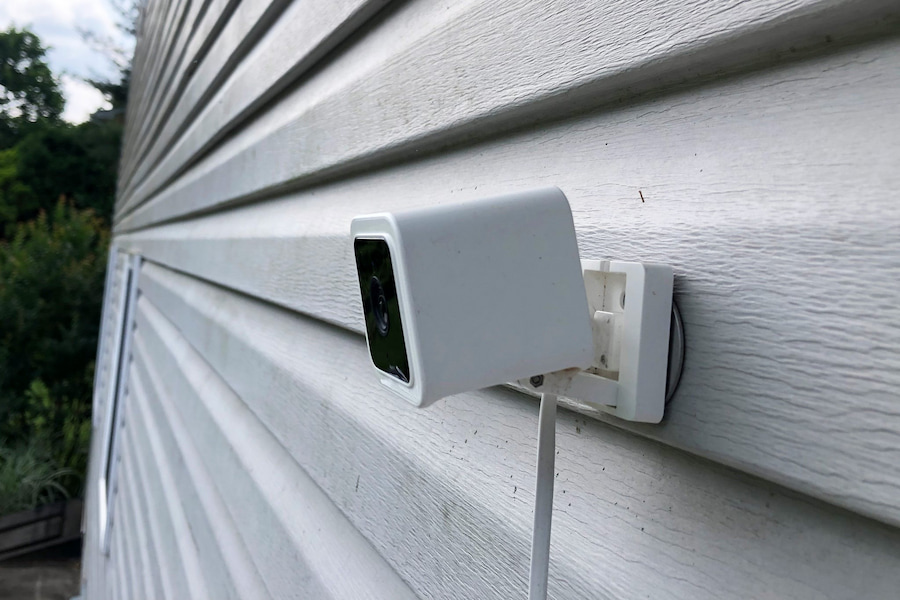In an age where security concerns are ever-present, safeguarding our homes and properties has become paramount. Outdoor CCTV Systems have emerged as a crucial component of modern surveillance systems, serving as vigilant sentinels that monitor our surroundings.
Whether it’s deterring potential intruders, capturing critical evidence, or simply providing peace of mind, the importance of selecting the right outdoor security cameras cannot be overstated. When it comes to choosing the best outdoor security cameras, various factors must be taken into account.
Resolution:
For optimal clarity in surveillance footage, it’s advisable to choose security cameras with a resolution of at least 1080p, as this ensures clear images. However, if you require finer details, especially for identifying individuals or objects, considering a 4K resolution camera is a wise choice.
Security cameras come in various resolutions, but a minimum of 1280 x 720 pixels is recommended to prevent grainy, indistinct footage that might hinder the identification of potential intruders. Higher resolutions translate to sharper images and improved security monitoring.
Night Vision:
Night vision is essential for outdoor security cameras, as they rely on adequate lighting to capture clear footage. However, when night falls, traditional cameras struggle to maintain image quality.
Outdoor cameras are equipped with specialised night vision technology that enhances their ability to see clearly in low-light conditions, allowing them to capture footage at night. Some advanced models even provide colour night vision, further improving their ability to record detailed and accurate footage in the dark, enhancing overall security and surveillance capabilities.
Field of View:
The field of view (FOV) is a crucial factor in camera performance, determining the extent a camera can capture without distortion. Opt for a camera with an FOV of at least 140 degrees, such as the Outdoor Camera Pro, to maximise your investment.
This wider viewing angle ensures comprehensive coverage and minimises blind spots, enhancing the camera’s effectiveness in surveillance. With such a broad FOV, you’ll gain a more comprehensive and distortion-free view, bolstering security monitoring capabilities.
Weather Resistance:
While it may be tempting to repurpose indoor security cameras for outdoor use, it’s important to note that outdoor cameras are purpose-built to endure harsh environmental factors like rain, sun, wind, and temperature extremes. These specialised cameras are engineered to withstand such challenges.
When choosing an outdoor camera, it’s crucial to select one that’s weatherproofed to match your local climate conditions. This ensures reliable performance even in the face of adverse weather, safeguarding your security system’s functionality in all situations.

Storage:
Effective video storage is a critical aspect of any camera system, granting the convenience of accessing recorded footage when needed. Storage solutions for cameras come in two primary forms: cloud-based and local.
- Cloud storage cameras transmit footage via Wi-Fi to remote servers, often available through a monthly subscription. It’s advisable to opt for cloud storage with a capacity of around 30 days, ensuring ample time for accessing archived footage.
- Conversely, local storage retains video directly on the camera using microSD cards, requiring a minimum of 64GB to accommodate larger HD video files. For extensive camera setups, consider a Network Video Recorder (NVR) that digitally records video onto a dedicated hard drive or storage system.
Motion Detection:
Cameras equipped with motion detection simplify notification and video storage management. Most users find models with customisable motion zones and sensitivity settings sufficient, but for those with more resources, smart detection is an option.
Smart detection leverages artificial intelligence to enhance the capabilities of a security camera, enabling it to intelligently identify and alert you to the presence of individuals, animals, vehicles, and other objects within its field of view, providing a more refined and efficient surveillance experience.
Remote Viewing:
Remote viewing is a valuable feature that allows users to access their camera’s footage conveniently from anywhere using a mobile app or web browser. This capability offers peace of mind by enabling real-time monitoring and playback of recorded videos when you’re away from your property. Whether you’re checking in on your home or business, remote viewing ensures you stay connected and informed, enhancing the overall effectiveness of your security system.
Two-way Audio:
Certain cameras are equipped with integrated microphones that enable audio monitoring, allowing you to listen to nearby conversations or ambient sounds. Additionally, cameras with two-way microphones feature built-in speakers, facilitating communication with individuals near the camera.
This functionality proves valuable for instructing delivery personnel on package placement or engaging in conversations with unknown visitors without having to physically open the door, enhancing convenience and security.
Power Source:
When selecting a power source for your security cameras, you have options to choose from. Wired cameras provide a reliable and continuous power supply, while wireless cameras offer installation flexibility. Battery-powered cameras are a versatile choice, offering the freedom to place them wherever needed without the constraints of wires, making them ideal for remote or temporary surveillance setups.
Smart Features:
Leveraging smart features can greatly enhance your security system. Integrating your cameras with home automation systems such as Alexa or Google Assistant offers several advantages. It enables voice control and seamless integration with other smart devices, providing a more comprehensive and convenient approach to home security and automation.
Popular outdoor camera brands include Arlo, Ring, Nest, and Lorex. Your specific needs and budget will determine the best choice for you.
Also, read this: How to Improve Customer Engagement With Dynamics 365?










